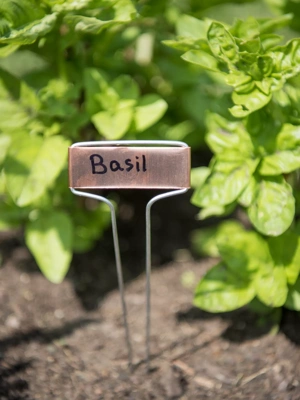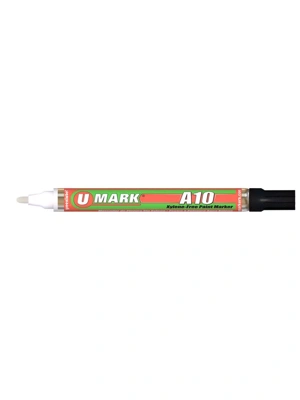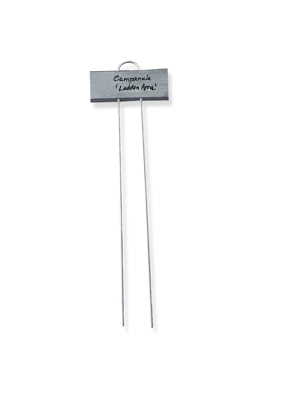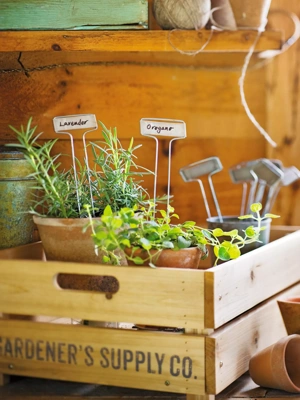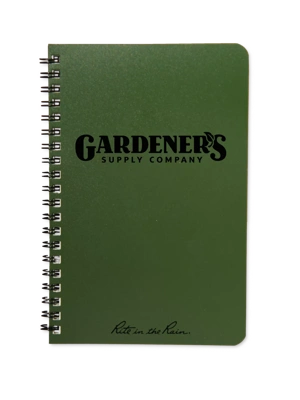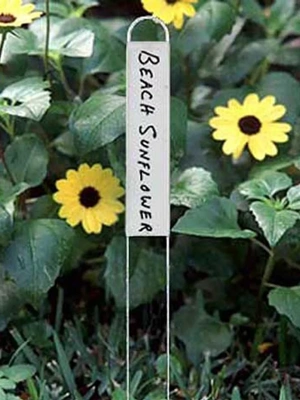When to Plant
 Arugula is a crop that tolerates cool weather.
Arugula is a crop that tolerates cool weather.There are several factors to consider when deciding when to plant your garden. First is the type of plant you’re putting in. Some plants, including lettuce and broccoli, can tolerate cool weather. Others, such as basil and tomatoes, are likely to be damaged or killed by temperatures lower than 40 degrees. Refer to our Vegetable Encyclopedia to determine the best time to plant each crop.
Other important considerations are frost dates and soil temperature. In planting zones 3 to 6, the primary gardening season falls between the first and last frost dates. Cold-sensitive plants must not go into the garden until all danger of frost has passed. This typically falls somewhere between March and May, depending on your growing zone. If you don’t know your growing zone, check the USDA zone map.
If you garden in zones 8-10, it may be heat — not frost — that determines your planting dates. Warm-climate gardeners often plant in the fall rather than the spring, to avoid midsummer heat. Others gear up for two planting periods each year: early fall and late winter.
Soil temperature is also an important planting-time consideration. Most plants thrive in a moderate soil temperature of 60 to 70 degrees F. Some, such as peas and spinach, will germinate well and grow just fine in cool (45 degrees F.) soil. Others, such as eggplant and melons, will not germinate, nor will they grow properly unless the soil is above 60 degrees F. The Vegetable Encyclopedia has planting recommendations for each crop.
Some vegetables, including tomatoes, peppers, squash and corn, are typically planted just once each growing season. Other crops, such as salad greens, roots crops, peas and beans, can be planted and harvested early, and then be planted again later in the season for a second harvest. The Vegetable Encyclopedia has crop-specific recommendations for planting (and replanting) to help you maximize production.
Once the seeds have been planted, the area should be watered thoroughly, to a depth of several inches. The soil should be kept consistently moist until the seeds germinate and the young plants have established their first sets of true leaves. Most seeds have a hard coating that must be softened for a period of several days before the seedling inside can emerge. If the soil dries out during this time, the process will be interrupted and you may need to reseed. Covering newly planted areas with garden fabric (or shade netting in the summer) helps keep the top layer of soil consistently moist. This cover can be removed once the seedlings are up and the plants are established.
If possible, young seedlings should be transplanted into the garden when the weather is calm, cool and drizzly. Tender seedlings will suffer if they’re planted out on a sunny, hot or windy day. If the weather doesn’t cooperate, water your new seedlings thoroughly after planting and then cover them with garden fabric for several days. The plants need time to establish new roots before they are able to extract moisture and nutrients from the soil. If you do not cover them with garden fabric, you may want to find another way to shield them from the sun and drying wind. Be sure to water these new plants every day or two for the first couple weeks.
Last updated: 01/04/2023
Print this Article:
Related items
Get the Dirt
Stay up to date on new articles and advice. Please fill out the information below.

